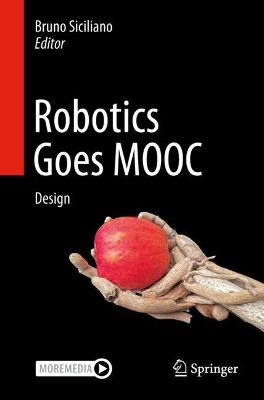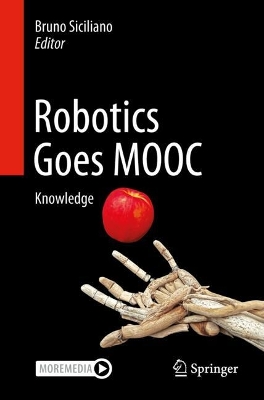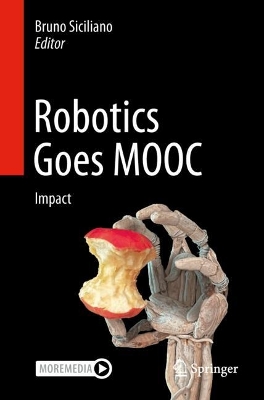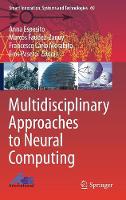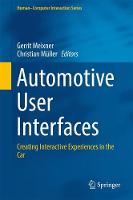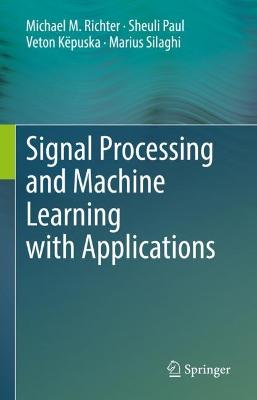Cognitive Infocommunications, Theory and Applications
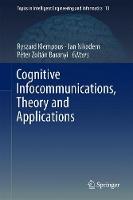 -15%
portes grátis
-15%
portes grátis
Cognitive Infocommunications, Theory and Applications
Baranyi, Peter Zoltan; Nikodem, Jan; Klempous, Ryszard
Springer International Publishing AG
09/2018
462
Dura
Inglês
9783319959955
15 a 20 dias
875
Descrição não disponível.
Using deep rectifier neural nets and probabilistic sampling for topical unit classification.- Monte Carlo methods for real-time driver workload estimation using a cognitive architecture.- Cognitive data visualization - a new field with a long history.- Executive functions and personality from a systemic-ecological perspective.- Mirroring and prediction of gestures from interlocutor's behavior.- Automatic labeling affective scenes in spoken conversations.- Tracking the expression of annoyance in call centers.- Modeling of filled pauses and prolongations to improve Slovak spontaneous speech recognition.- Enhancing air traffic management security by means of conformance monitoring and speech analysis.- Compassion cluster expression features in affective robotics from a cross-cultural perspective.- Understanding human sleep behaviour by machine learning.- Electroencephalogram-based brain-computer interface for Internet of Robotic Things.- CogInfoCom-driven surgical skill training and assessment.- Cognitive cloud-based telemedicine system.- Pilot application of eye-tracking to analyze a computer exam test.- The edu-coaching method in the service of efficient teaching of disruptive technologies.- 3D modeling and printing interpreted in terms of cognitive infocommunication.- Constraints programming driven decision support system for rapid production flow planning.- Improving adaptive gameplay in serious games through interactive deep reinforcement learning.- A study on a protocol for ad hoc network based on Bluetooth Low Energy.
Este título pertence ao(s) assunto(s) indicados(s). Para ver outros títulos clique no assunto desejado.
Cognitive Infocommunication;Deep Rectifier Neural Nets;Real-Time Workload Estimation;Cognitive Architecture;Cognitive Data Visualization;Executive Functions and Personality;Prediction of Gestures;Affective Scenes Labeling;Tracking the Expression of Annoyance;Modeling of Filled Pauses and Prolongations;spontaneous speech recognition;surgical skill training;eye-tracking in computer exam test
Using deep rectifier neural nets and probabilistic sampling for topical unit classification.- Monte Carlo methods for real-time driver workload estimation using a cognitive architecture.- Cognitive data visualization - a new field with a long history.- Executive functions and personality from a systemic-ecological perspective.- Mirroring and prediction of gestures from interlocutor's behavior.- Automatic labeling affective scenes in spoken conversations.- Tracking the expression of annoyance in call centers.- Modeling of filled pauses and prolongations to improve Slovak spontaneous speech recognition.- Enhancing air traffic management security by means of conformance monitoring and speech analysis.- Compassion cluster expression features in affective robotics from a cross-cultural perspective.- Understanding human sleep behaviour by machine learning.- Electroencephalogram-based brain-computer interface for Internet of Robotic Things.- CogInfoCom-driven surgical skill training and assessment.- Cognitive cloud-based telemedicine system.- Pilot application of eye-tracking to analyze a computer exam test.- The edu-coaching method in the service of efficient teaching of disruptive technologies.- 3D modeling and printing interpreted in terms of cognitive infocommunication.- Constraints programming driven decision support system for rapid production flow planning.- Improving adaptive gameplay in serious games through interactive deep reinforcement learning.- A study on a protocol for ad hoc network based on Bluetooth Low Energy.
Este título pertence ao(s) assunto(s) indicados(s). Para ver outros títulos clique no assunto desejado.
Cognitive Infocommunication;Deep Rectifier Neural Nets;Real-Time Workload Estimation;Cognitive Architecture;Cognitive Data Visualization;Executive Functions and Personality;Prediction of Gestures;Affective Scenes Labeling;Tracking the Expression of Annoyance;Modeling of Filled Pauses and Prolongations;spontaneous speech recognition;surgical skill training;eye-tracking in computer exam test

